Atomic Blonde
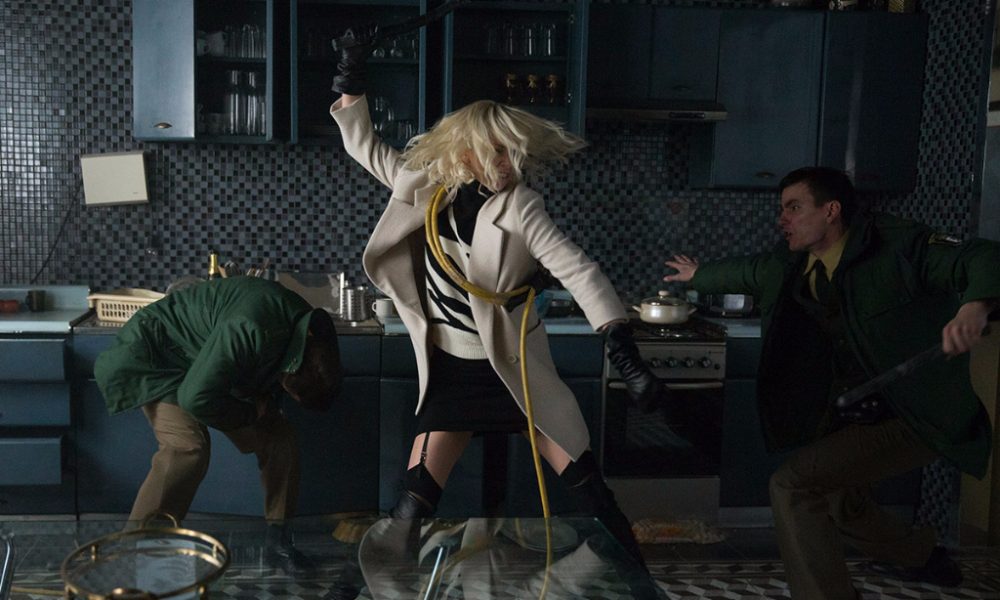
She’s credited as Lorraine Broughton, but really, the titular heroine of Atomic Blonde is Charlize Theron, whose hairdo is both the most noticeable and least interesting thing about her. And you can hardly blame David Leitch – the former stuntman who formed one half of the directing duo behind original Keanu Reeves beat ‘em up John Wick – for being so fascinated by her, often simply content to light her from several different angles and watch her be.
A tightly wound actress of cold, steely, but always humane resolve, there’s something fascinating in watching Theron play a scene: whether it’s toying with the male intelligence officers (Toby Jones and John Goodman) who think they can find out what really happened in her disastrous mission to Berlin; or whether it’s seducing naïve French agent Delphine (Sofia Boutella) in a neon-lit nightclub; or whether it’s simply watching her beat the crap out of a gang of men who made the mistake of thinking they were smarter than she is. If her serious, model-like beauty is masking an inner vulnerability, or if it’s just a double bluff and she’s just as ruthless as she appears, then Theron only deftly hints at it; her blonde is a machine who’s capable of withstanding just about anything.
And withstand she must – not just beatings, bullets, or a quick dip in the river Spree, but a supremely over-complicated plot of back-stabbings and front-stabbings alike. The year is 1989, and the Berlin Wall is primed to fall. Students rampage the streets, and proximity to the end has made the KGB goons ravenous. In flashback, Lorraine illustrates her quest to retrieve a list of spy codenames, which has fallen into enemy hands. Assisting her is fellow MI6 agent David Percival (James McAvoy, in full Filth mode), though he seems ready to betray her at a moment’s notice.
What thus ensues is a riddle wrapped in a mystery inside an enigma, though whether anyone intended for it to be like this is another matter. It’s the cold war, so there’s plenty of surveillance, veiled threats, and double, triple, and quadruple crosses. Yet Kurt Johnstad’s screenplay, adapted from a graphic novel, forgets to make us care, and instead cribs witless clichés and archetypes from other, better films. The movie is visually stylish, with some sublime needle-drops to match, but Leitch lacks the basic technical expertise that elevates the action-based confusion of Johnnie To (and Steven Soderbergh’s superior Haywire) into a verifiable art form.
Really, Atomic Blonde only comes to life at three moments, and all of them involve hand-to-hand combat. The first sees Theron make ingenious use of a fire hose; the second, bizarrely, features a cameo from Andrei Tarkovsky. And the third is an already much-feted sequence on a staircase, which appears to unfold in a single, 10-minute-long shot. It’s one of the best things you’ll see at the cinema this year, an intensely gripping depiction of a brutal, realistic fight that eventually enters the realm of pathetic performance art. If only Leitch had begun with this sequence and worked outwards; no amount of hyperactive stylisation can disguise this film’s otherwise incompetent state of purpose.
Sam Gray
Atomic Blonde is released nationwide on 9th August 2017.
Watch the trailer for Atomic Blonde here:

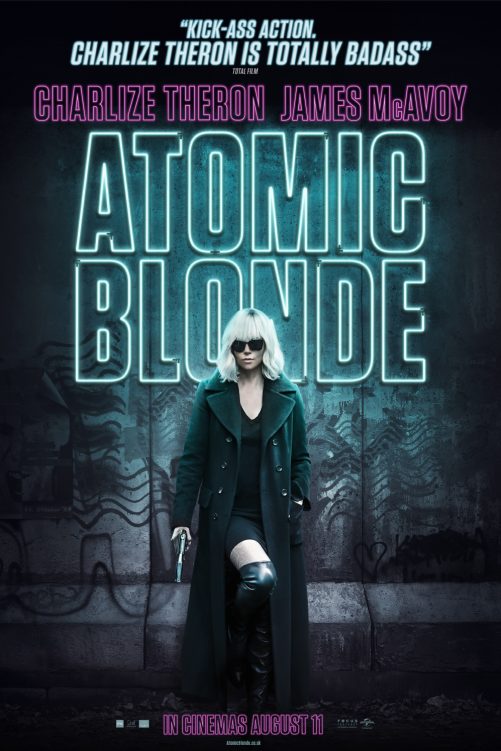
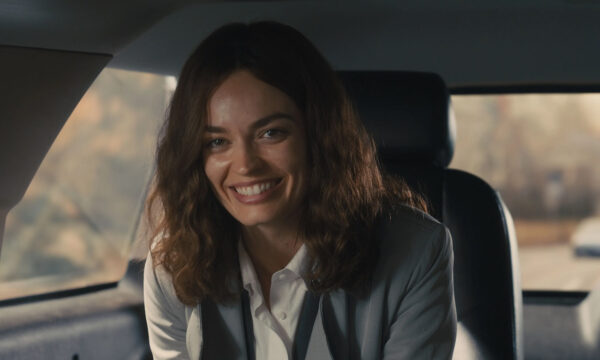
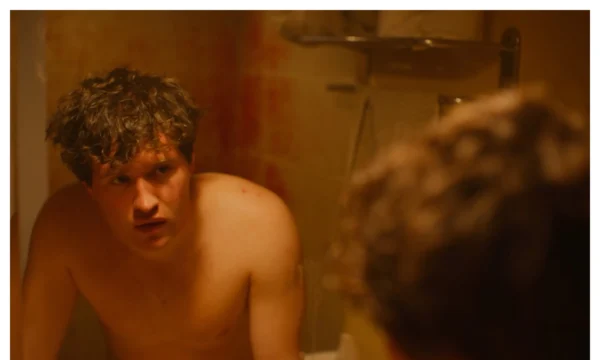

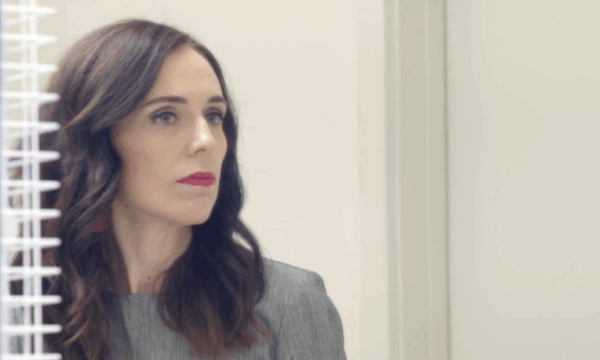
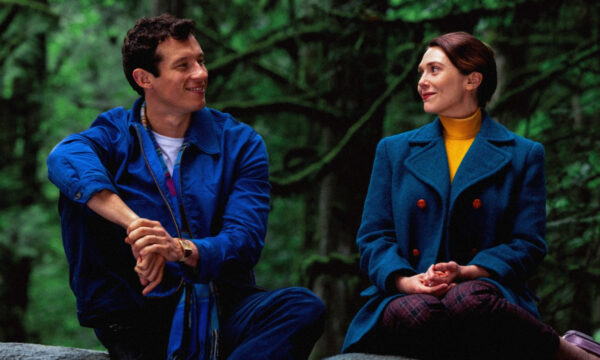

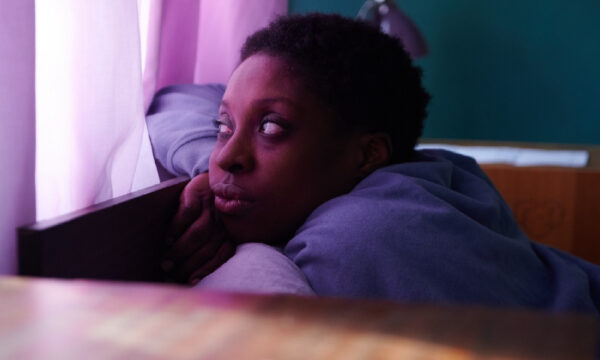




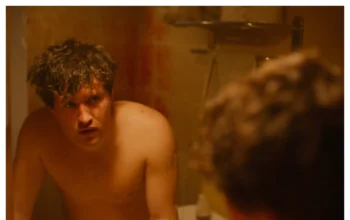

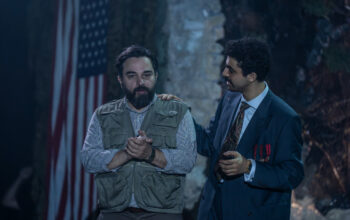






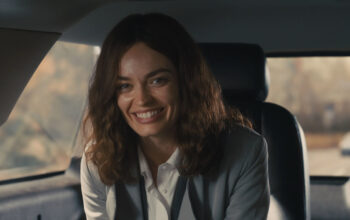



Facebook
Twitter
Instagram
YouTube
RSS